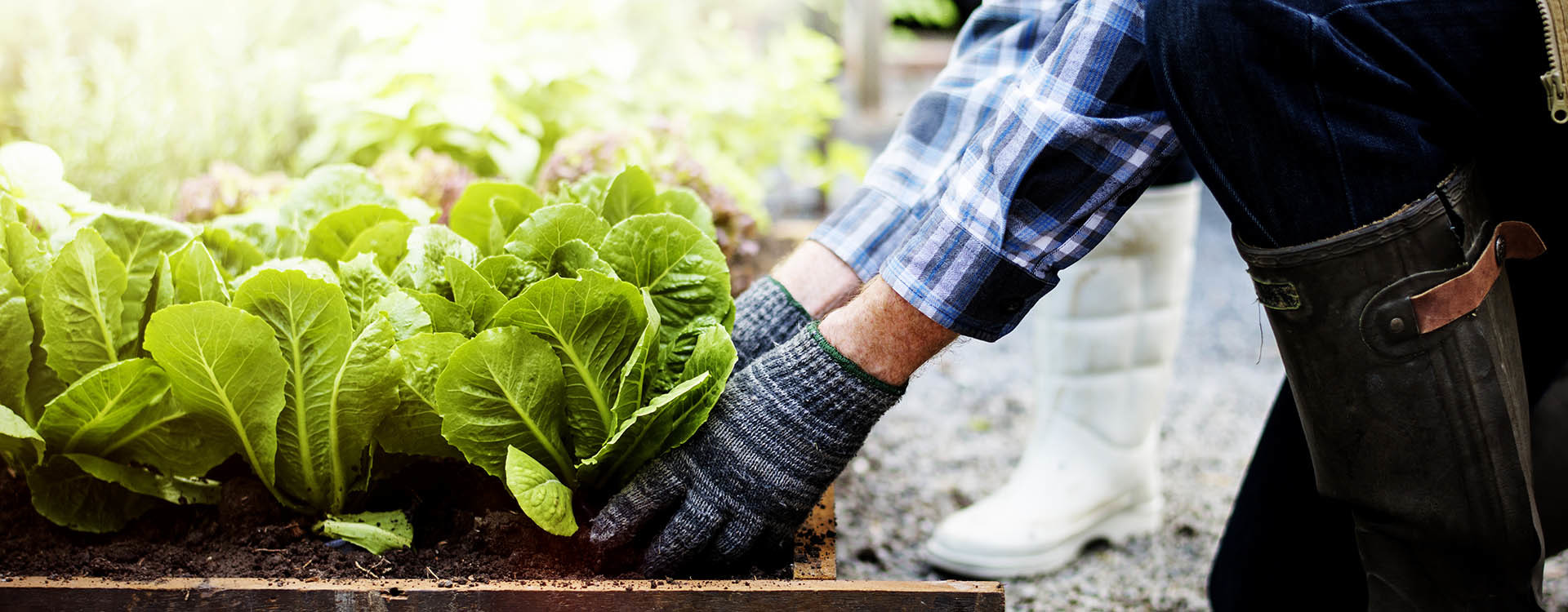The City Blooming Statements
The City Blooming Statements
Blog Article
8 Simple Techniques For City Blooming
Table of ContentsThe Single Strategy To Use For City BloomingCity Blooming for BeginnersThe Single Strategy To Use For City BloomingGet This Report on City BloomingThings about City Blooming
Intrigued in expanding food up for sale in the City of Chicago? Assuming concerning starting a community yard? Changes to the Chicago Zoning Statute enable farming usages like neighborhood gardens and city ranches in several components of the city. Below is a checklist of frequently asked inquiries pertaining to the rules and regulations that growers ought to consider when preparing an urban farming task.
The zoning modification does not customize any other codes managing composting, building permits, buying or leasing City had residential property, company licenses or ecological contamination. There are existing codes that control these problems and they continue to be in complete effect and may be relevant to your project. Community gardens are usually possessed or managed by public entities, public organizations or community-based companies and kept by volunteers.
Urban farms grow food that is intended to be offered, either on a not-for-profit or for-profit basis. Because of their industrial function, metropolitan ranches need a service permit. Yes. A neighborhood garden is allowed to sell excess produce that was grown on site if the sales are accessory or subservient to the garden's main objective explained above.
The smart Trick of City Blooming That Nobody is Discussing
Composting is allowed yet only for plant product that is generated and made use of on website. The amount of garden compost product can not exceed 25 cubic yards at any kind of offered time according to the standards in 7-28-715 of the City's Municipal Code. Yes. Due to the fact that the soil at a lot of brand-new yard websites needs amending, garden compost, soil, timber chips, or various other materials can be gotten to construct or boost the expanding room - fruit and vegtables.

If a structure permit is needed then the hoophouse will be considered an accessory building. You can learn more about the structure license demands by getting in touch with the Division of Buildings. The 25,000-square-foot dimension limitation is planned to stop a single area yard from dominating an offered block or taking away from the block's existing residential or business character.
The limit does not apply to yards situated in Public Open Space (POS) districts. Can there be greater than one area garden that is 25,000 square feet on a single block? Yes. The dimension restriction relates to specific gardens, not to individual blocks. No. Fence is not needed, nonetheless, gardens that have huge parking lot might be called for to mount secure fencing or other landscape design attributes.
The Greatest Guide To City Blooming
B1 & B2 areas call for that all commercial use activities be performed inside your home. R districts limit business task. The policies show the purpose and intent of the Zoning Code. Is fencing needed for urban farms? Yes. Fencings may be required, together with landscape design and screening, for sure parking lot and outdoor work or storage locations depending on area and the specific task taking place.
Yes. Urban ranches call for structure permits and zoning approvals before building. Other kinds of city review may be required depending upon certain structures, tasks, size, landscape design, licensing, public health and stormwater management problems. A lot of these requirements are determined in the job style or allowing procedure, however, the applicant might be accountable to separately identify specific licenses or permits that may be required.
The Division of Company Matters and Consumer Security can help identify the certain type of business certificate that's required. Off street vehicle parking is needed for many commercial jobs in Chicago. The needed number of auto parking spaces is based on the number of workers working on site and not the square video footage of i loved this the growing space.
Not known Facts About City Blooming

Yes. An urban farm can offer compost material produced on website, nevertheless, the operation needs to abide by the regulations in 7-28-715 of the Chicago Municipal Code. Yes. Aquaponic systems are enabled indoors on city ranches in several zoning areas. A zoning review and building license is called for in order to install frameworks or systems and a company certificate is required as defined above.
As much as 5 hives or nests of honey bees might be maintained as an accessory usage. Nonetheless, beekeepers must register with the Illinois Department of Farming. To learn more regarding the recommended zoning change you may get in touch with the Department of Housing and Economic Development, Bureau of Planning and Zoning at 312.744.8563.
, which takes area in rural locations at the side of suburban areas.
The 3-Minute Rule for City Blooming
, that seek to develop social networks founded on a common values of nature and neighborhood holism. These networks can establish by way of official institutional support, becoming incorporated into regional community planning as a "transition community" movement for sustainable city development.
The a lot more straight accessibility to fresh veggie, fruit, and meat items that might be become aware through city agriculture can enhance food safety and security and food safety while lowering food miles, bring about reduced greenhouse gas discharges, consequently adding to environment modification mitigation. Several of the very first proof of city farming comes from Mesopotamia.
Report this page